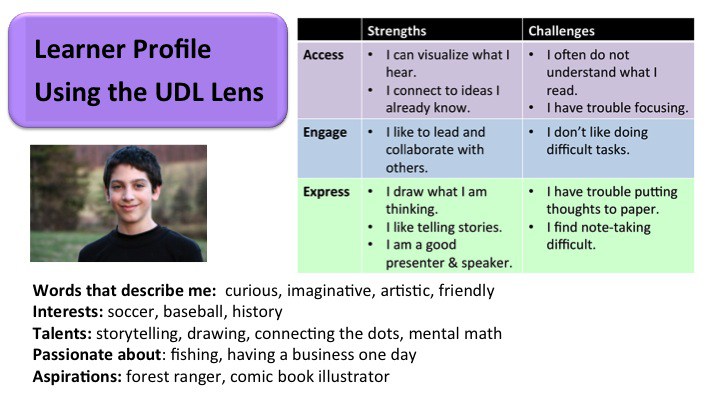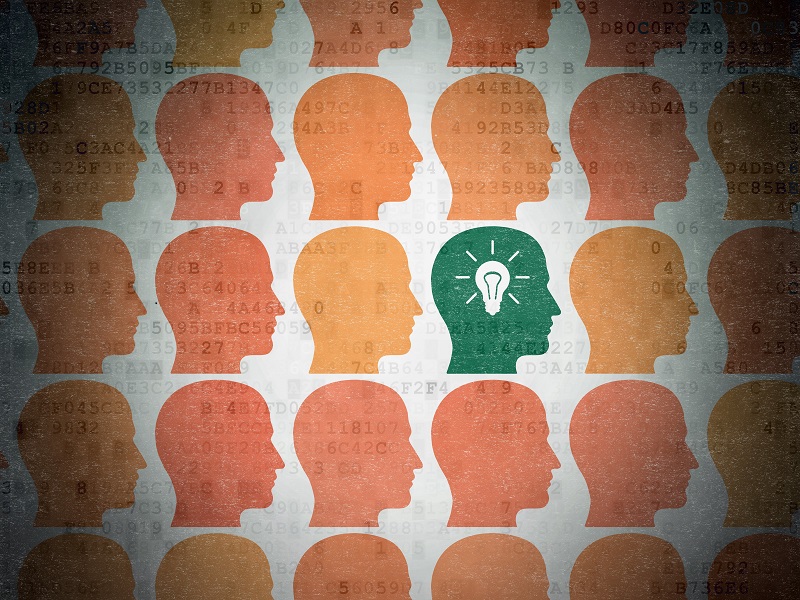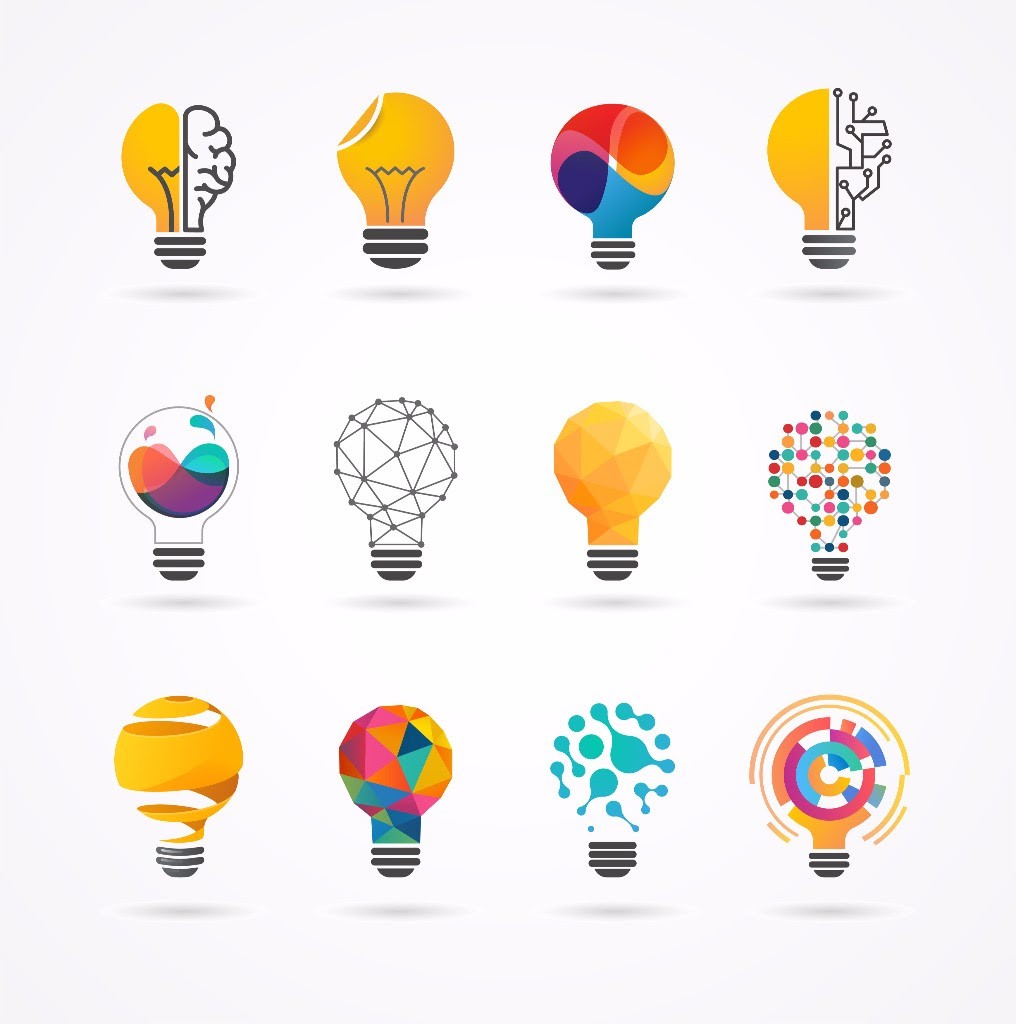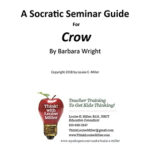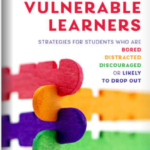Learner Profiles: Stop Using Learning Styles, Start Using the Learning Sciences
By Kathleen McClaskey
Cross-posted from Kathleen’s Blog Post, “Learner Profiles: Stop Using Learning Styles, Start Using Learning Sciences“. (Reference: kathleenmcclaskey.com)
We are embarking on an era of transformational change in education where we have a vision of creating learner-centered environments where learners pursue their passions and interests and develop agency with the knowledge, skills and dispositions so they are future ready for careers yet to be imagined. The question is:
Why are we still using the traditional approach of learning styles to develop learner profiles?
Let’s take at the research and what it says about learning styles.
Why Stop Using Learning Styles?
As we are transforming education from the traditional teacher-centered environments to a personalized, learner-centered environment we need to reconsider the learning styles approach that has no basis in research. Classroom teachers and academics have been using learning styles for over four decades to understand learners. During this time the notion that teaching methods should match a learner’s particular learning style has had a powerful influence in education, however, a study published in the Psychological Science in the Public Interest challenged the concept of learning styles and their affect on performance.
Despite the preponderance of the learning styles concept “from kindergarten to graduate school,” and a “thriving industry” devoted to such guidebooks for teachers, Pashler found there wasn’t rigorous evidence for the concept. He wrote:
Although the literature on learning styles is enormous, very few studies have even used an experimental methodology capable of testing the validity of learning styles applied to education. Moreover, of those that did use an appropriate method, several found results that flatly contradict the popular meshing hypothesis. We conclude therefore, that at present, there is no adequate evidence base to justify incorporating learning styles assessments into general educational practice.
The four prominent cognitive psychologists in this study found no evidence for validating educational applications of learning styles into general education practice. This was their conclusion:
Research conducted over 40 years has failed to show that individual attributes can be used to guide effective teaching practice. Rather than being a harmless fad, learning styles often perpetuates stereotyping and harmful teaching practices it is suppose to fight.” (Pashler et al, 2009).
So as schools move from a traditional system to a personalized, competency-based system, we need to evaluate the traditional tools we have used around learners and learning and teachers and teaching, and understand how a learning science can be used to nurture and build a culture of learning.
Start Using the Learning Sciences and the UDL Lens

We need to stop using learning styles and start using Universal Design for Learning (UDL), a research-based set of principles based on the learning sciences to guide the design of learning environments and innovative sustainable systems that are accessible and effective for all learners. UDL tells us that there is variability in the way each learner learns: their strengths, challenges, aptitudes, talents, and aspirations.
The UDL Lens of Access, Engage and Express™ is designed so that we see the learner in every child. It offers key information about the learner’s strengths and challenges in how they access and process information, how they engage with content and how they express what they know and understand. The terms Access, Engage and Express also serves as the “common language” between teacher and learner where daily conversations can take place about learning with a process to identify the tools and skills that could support a challenge or enhance a strength in their Personal Learning Backpack™. This leads to a Personal Learning Plan™ (PLP) where each learner can set goals to acquire the necessary skills to become an independent and self-directed learner, a learner with agency that has ownership to their learning.
Ownership to learning requires the learner to understand how they learn.
Empower Learners with the UDL Lens
Start the next school year with having every learner create a Learner Profile. From the learner’s perspective, the UDL Lens of Access, Engage and Express™ in a Learner Profile would give him or her an opportunity tell their story of who they are and how they learn by:
• sharing their strengths, challenges, preference and needs in how they access and process information, engage with content and concepts, and express what they know and understand;
• express their interests, talents, aspirations and passions;
• set learning goals and actionable plans with teachers to support a challenge or enhance a strength; and
• have regular conversations about their learning with teachers, peers, and parents.
Let’s take a closer look at the UDL Lens of Access, Engage and Express™ and how a learner can share how they learn by using a Learner Profile (LP) that also includes their interests, talents, passions, aspirations and the words that would describe them.

The information in the Learner Profile (LP) helps each learner tell their story and how they learn with their teacher. This is the foundation from which conversations, relationships and partnerships in learning are built. What are the possible messages and outcomes from a learner using the Learner Profile?
• It helps validate the learner and how they learn.
• It tells the learner that you care about who they are.
• It creates a community of learners based on trust and respect.
“No significant learning occurs without a significant relationship.” – Dr. James Comer

To learn more about how to personalize learning and the three-step process of the Learner Profile, Personal Learning Backpack™ and Personal Learning Plan™, refer to How to Personalize Learning: A Practical Guide for Getting Started and Going Deeper by Bray and McClaskey (2016) or the blog posts on the Learner Profile, Personal Learning Backpack and Personal Learning Plan.
Access, Engage and Express, Personal Learning Backpack and Personal Learning Plan are trademarks of Kathleen McClaskey.
Reference: Paschler, H., McDaniel, M., Rohrer, D., and Bjork, R. (2008). Learning styles: Concepts and evidence. Psychological Science in the Public Interest, 9, 105-119. https://www.psychologicalscience.org/journals/pspi/PSPI_9_3.pdf
Kathleen’s downloads on MyEdExpert.

